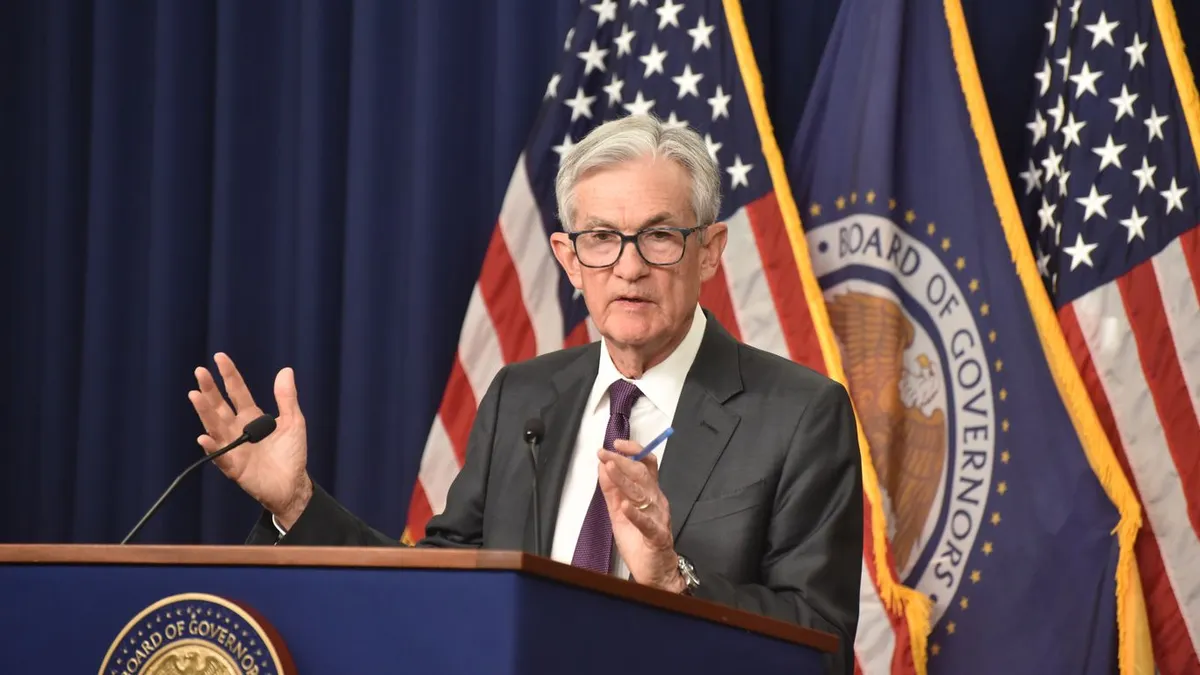
The Federal Reserve has decided to hold key interest rates steady, a move that reflects ongoing economic uncertainty and concerns about potential stagflation. This decision comes in the wake of rising risks to the U.S. economy, particularly related to trade tensions and tariff impacts. The central bank's action is aimed at providing stability while monitoring evolving economic conditions.
By keeping interest rates unchanged, the Federal Reserve signals its cautious approach amid an unpredictable economic landscape. Experts suggest that this decision is a response to various factors, including global trade dynamics and inflation pressures. The Fed's warning about heightened risks to the economy, particularly regarding potential tariff shocks, underscores the challenges facing both policymakers and businesses.
The financial markets reacted with a mix of relief and apprehension following the Fed's announcement. Investors are closely watching for any indications of future rate hikes or cuts, especially given President Trump's calls for lower interest rates to stimulate growth. However, the central bank remains focused on ensuring long-term economic stability rather than reacting to short-term political pressures.
The term stagflation has resurfaced in discussions among economists and analysts, as the combination of stagnant growth and rising inflation becomes a pressing concern. The Fed's decision to maintain interest rates is partly a recognition of these risks. If inflation continues to rise while economic growth falters, the U.S. could face significant challenges ahead.
As the Federal Reserve navigates these uncertain waters, its commitment to monitoring economic indicators will be crucial in determining future monetary policy. The central bank's ability to adapt to changing conditions will play a vital role in sustaining economic growth and mitigating the risks of stagflation. For now, the Fed's steady hand provides a moment of stability in a tumultuous economic environment.